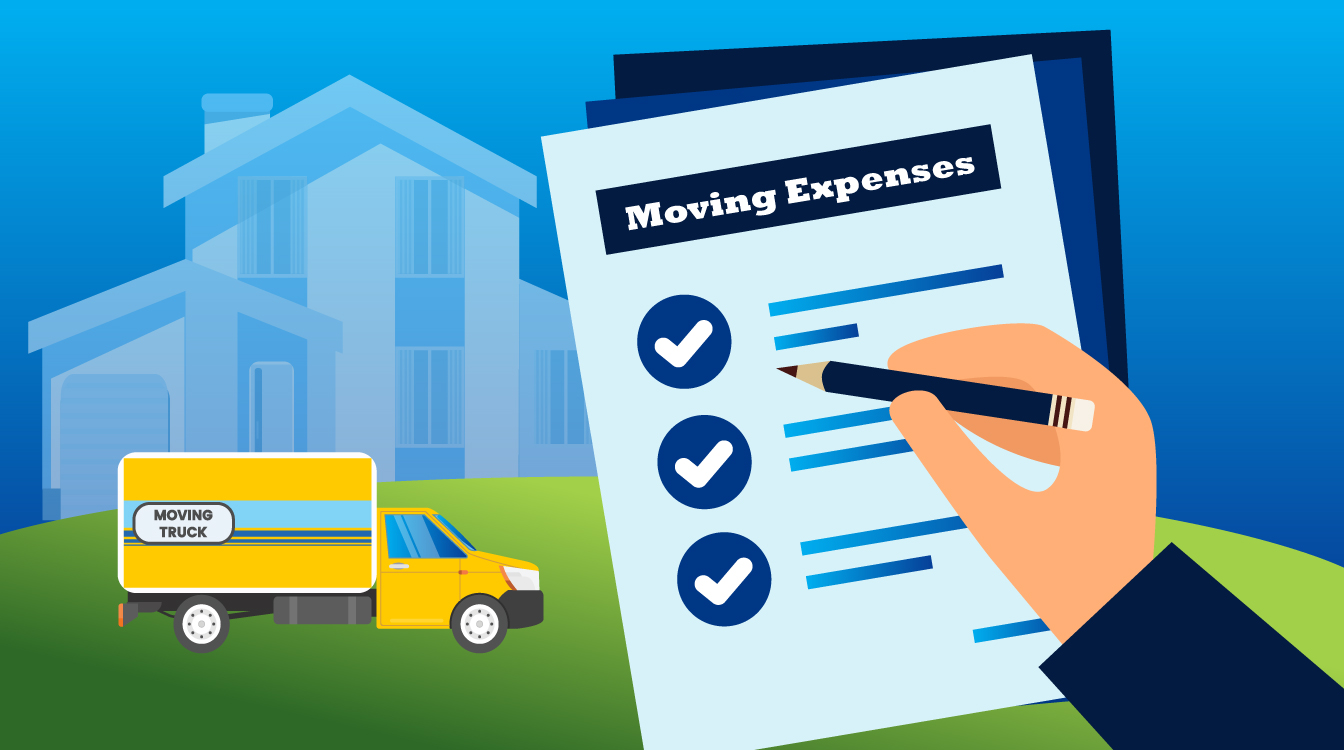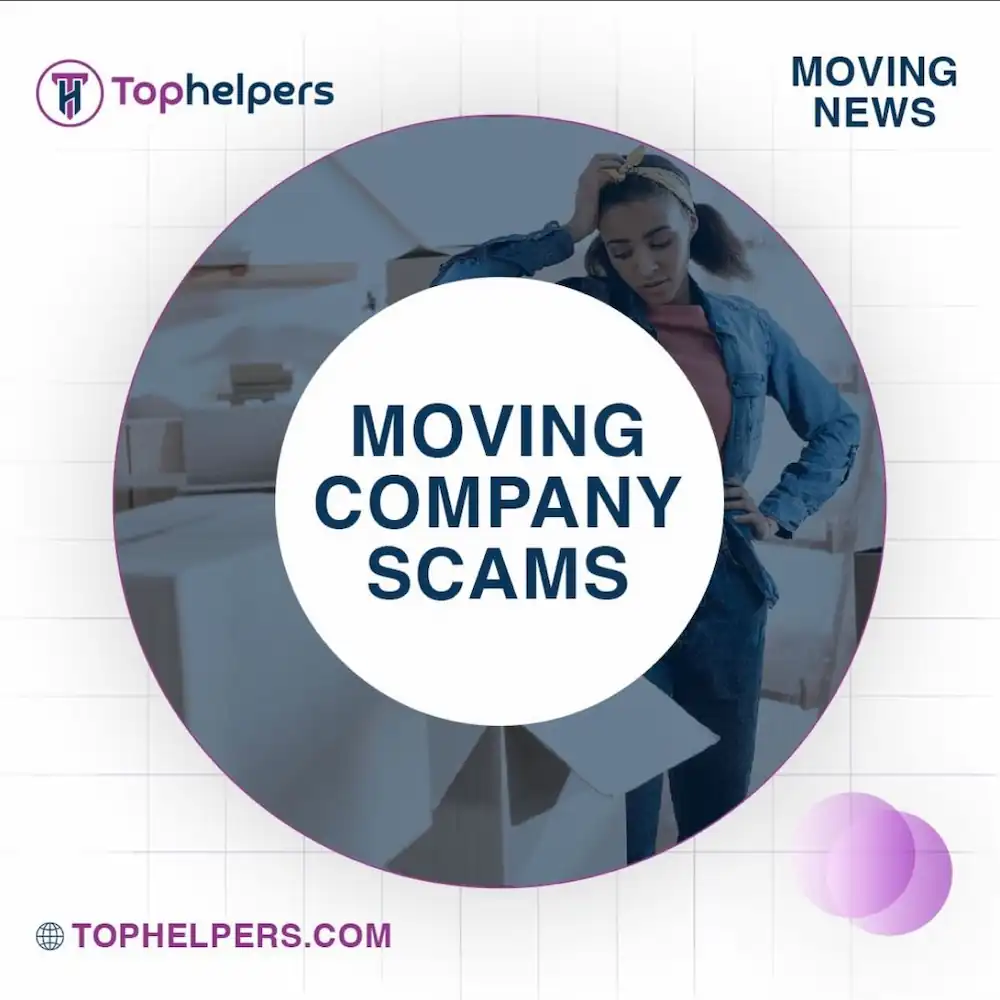
Employee Moving Expenses Explained
Introduction
For employees who are required to relocate for work, understanding the different types of employee moving expenses and related tax deductions can make the process much less overwhelming. After all, employee relocation is a complicated process and there are many factors to consider. This blog post will outline the different types of employee moving expenses and tax deductions, discuss the paperwork required for claiming them, and provide tips for minimizing expenses. It is important to note that, while employee moving expenses may be tax deductible, they must meet certain criteria to qualify. Additionally, the Internal Revenue Service (IRS) has established certain rules and regulations regarding the types of expenses that can be claimed. For example, only certain types of travel-related expenses, such as airfare, hotel costs, and meals, are eligible for deduction.
Outline the Different Types of Employee Moving Expenses
When relocating for work, employees may be eligible for several different types of expenses, such as transportation costs, including airline tickets and gas for moving trucks; storage fees, for items to store the items in a storage facility during the relocation process; and lodging, for those who may need to stay in a hotel for a few days until their move is complete. Furthermore, employers may offer certain relocation services to help employees with their move, such as providing quotes for professional relocation services, assistance with packing and unpacking their belongings, and help in finding a suitable new home. This could include providing information on local rental opportunities, information on the area’s school systems, and more.
Discuss the Paperwork Required for Claiming Employee Moving Expenses
When claiming employee moving expenses, employees must fill out IRS Form 3903. This form requires detailed information regarding the employee’s new job, such as the job title, the job location, and the start and end dates of the move. Additionally, it requests information on the expenses incurred during the move, including the costs of transportation, lodging, and meals. It is of utmost importance that the employee provides proof of payment for all expenses, such as receipts, invoices, and canceled checks. Furthermore, the form must be completed and submitted within the specified deadlines set by the Internal Revenue Service to allow for adequate processing of the employee’s claim.
Explain the Differences Between Reimbursed and Non-Reimbursed Expenses
Employees may be eligible for both reimbursed and non-reimbursed expenses. Reimbursed expenses are those that are provided for by the employer, such as travel costs, meals, or office supplies, and will be reimbursed at the end of the month. On the other hand, non-reimbursed expenses are those that the employee pays for out of their pocket. These can include items such as professional memberships, subscription services, or learning materials. It is important to note that employers do not typically reimburse non-reimbursed expenses, and it is the responsibility of the employee to ensure they keep track of their expenses.
Provide Tips for Minimizing Employee Moving Expenses
When relocating for work, there are several ways to minimize the costs associated with the move. First, employees should shop around for the best prices on transportation and storage services, and compare quotes from different providers. Second, they should consider renting a moving truck or trailer instead of hiring a professional moving company. Finally, they should look for free or discounted services, such as free boxes or discounted rates on storage.
Describe the Different Types of Relocation Services That May Be Provided
Employers may provide a variety of relocation services to help employees with their move. These services may include help with finding a new home, such as searching for suitable locations that meet the employee’s needs and budget, assistance with packing and unpacking, which could involve providing boxes, packing materials, and assistance in how to pack items securely and efficiently, as well as helping with loading and unloading, and help in finding quotes for relocation services. This could involve providing a list of reputable companies, comparing quotes, and helping to arrange the necessary paperwork to complete the move in a timely and cost-effective manner.
Provide Resources for Obtaining Quotes for Employee Relocation Services
There are a plethora of online resources available to help employees locate quotes for relocation services. For instance, websites such as TopHelpers.com can provide quotes from reputable moving companies while platforms such as Rent.com and Zillow.com can provide quotes for rental properties. Moreover, services such as Apartment Guide can be extremely helpful in providing users with information on rental properties and apartment availability. Ultimately, when searching for quotes for relocation services, online resources can be invaluable to employees looking to find the best deal.
Give Examples of How to Itemize Employee Moving Expenses
Employees should itemize their expenses and account for and claim all eligible expenses. This is especially important for transportation and storage expenses, as there are often overlooked costs that employees can claim. Transportation expenses could include the cost of gas, tolls, parking fees, and any other costs associated with getting from one place to another. Similarly, storage expenses can include the cost of a storage unit, as well as the cost of packing materials, such as boxes, tape, and bubble wrap. Additionally, employees should take note of any costs associated with moving their items from one location to another, such as labor or truck rental fees. By properly itemizing expenses, employees can account for all eligible costs
Discuss the Timeline for Claiming Employee Moving Expenses
Employees must claim their moving expenses on the tax return for the year in which they moved. For example, if an employee moved in 2020, they must make sure to include their moving expenses when they file their 2020 tax return. This includes any costs associated with the move such as transportation, lodging, and the cost of packing and unpacking materials. Additionally, they may also be eligible to claim any other related expenses such as the cost of storing items before or after the move. It is important to keep track of all receipts and other documentation related to the move to ensure accurate reporting for tax purposes.
Explain the Different Methods for Tracking Employee Moving Expenses
Employees should keep a record of their expenses throughout the move to ensure that they can claim all eligible expenses and receive reimbursement. You can keep receipts, invoices, and other documentation of expenses to accurately track spending. Additionally, your employer may offer tracking tools or software to help you keep track of your expenses, where you can organize the expenses and ensuring that all eligible expenses for deduction. Furthermore, utilizing these tracking tools and software can help employees stay on top of their expenses and avoid any potential discrepancies when filing for reimbursement.
Conclusion
Moving for work can be an anxiety-inducing process, but with the right knowledge and resources – such as TopHelpers.com – employees can make the most of their move and minimize the costs associated with it. By understanding the different types of employee moving expenses and related tax deductions, employees can gain a better sense of the financial implications of their move. For example, the Internal Revenue Service (IRS) allows for certain deductions for moving expenses that are related to the start of a new job, including the cost of transportation and storage of certain items.
In addition, certain travel expenses may be deductible, such as lodging and meals, if the move requires an overnight stay. Furthermore, employees may also be able to deduct certain costs associated with the packing and unpacking of their belongings, as well as the cost of connecting or disconnecting utilities. In other words, with the proper research and planning, individuals can use the tax laws to potentially reduce the overall cost of their move – and TopHelpers.com can provide the support needed to make it happen.
Popular on Tophelpers

Beware of Moving Scams: Nationwide Crackdown Announced by U.S. Officials

What Customers Will Love About TopHelpers – Movers Hiring Platform
